Vitalik Buterin: The man who co-created Ethereum
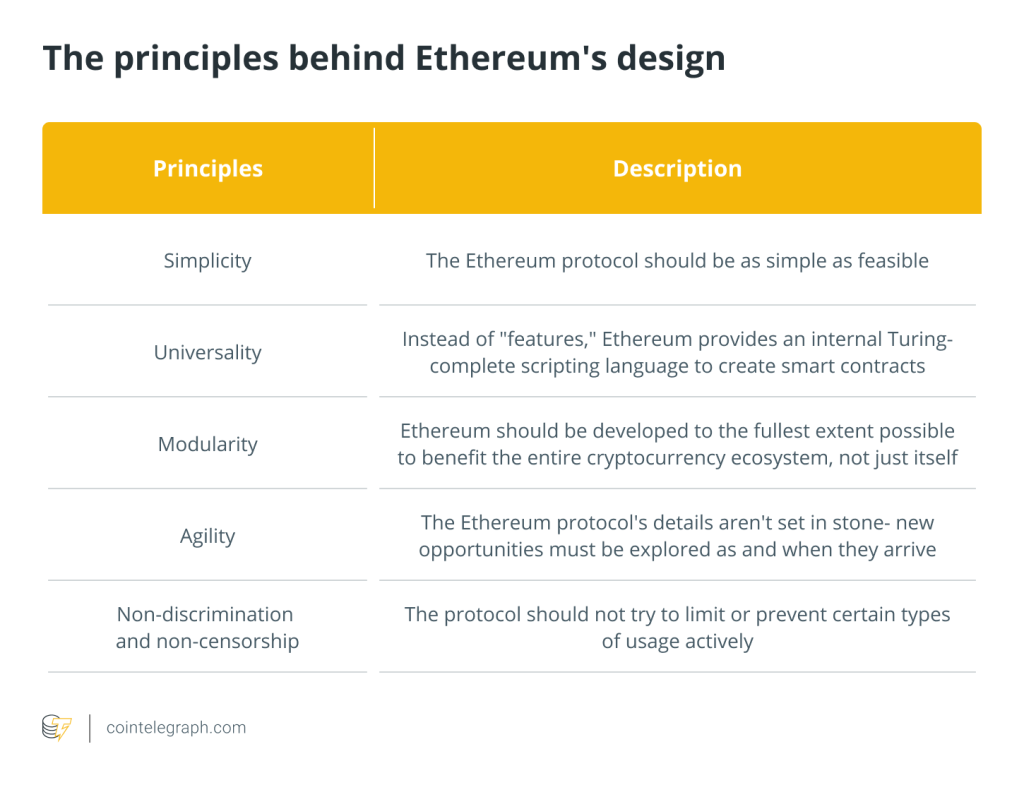

Vitalik Buterin is a Russian-Canadian writer and programmer who has been involved in the Bitcoin community since 2011, co-founding and writing articles for Bitcoin magazine. He is primarily known as the one behind Ethereum, a blockchain platform that operates as a world computer for decentralized applications, or DApps.
Buterin traveled around the world for six months in 2013 to speak with Bitcoin (BTC) developers. He understood that he could construct a new, possibly superior version by iterating on the Bitcoin blockchain.
To explain this idea, he linked Bitcoin to a calculator and a future blockchain to a smartphone and applied the same principle of improving the system’s strength by making it more general-purpose to blockchain networks. Bitcoin is the world’s first cryptocurrency, while Ether (ETH) is a digital currency based on the Ethereum blockchain network.
Buterin co-created Ethereum, the blockchain that supports various functions, including developing apps and programs with the power of cryptocurrencies such as ETH. Smart contracts, which are essentially programs that can be saved and operated on the Ethereum platform, are how the platform accomplishes this.
Buterin’s childhood
Buterin was born on Jan. 31, 1994, in Kolomna, Moscow Oblast, Russia. He lived in Russia until the age of six, and then his parents decided to immigrate to Canada to search for better employment opportunities.
When he was in the third grade at a Canadian primary school, he was placed in a program for the gifted. While in the program, Buterin quickly realized that his particular skills and talents made him somewhat of an oddity to his peers and even his teachers.
He was naturally predisposed to math and programming, possessed an early and strong interest in economics, and could add three-digit numbers in his head twice as fast as the average person of his age.
Buterin was a stranger to social gatherings and extracurricular events. As he recalls, quite a few people talked about him like he was some math genius. He then spent four years at the Abelard School, a private high school in Toronto. The school changed his perception of education, with both his attitude and results changing drastically. In Abelard, he developed his trademark hunger for learning, essentially making knowledge his primary goal in life.
Apart from his academics, he happily played World of Warcraft from 2007 to 2010. However, when Blizzard decided to remove the damage component from his favorite warlock’s Siphon Life skill, he sobbed himself to sleep that night. Buterin realized how horrible centralized services could be and he quit World of Warcraft.
Buterin’s student life
While looking for a new direction in life, he came across Bitcoin in 2011. He was initially suspicious, and he couldn’t see how it could have any value if it didn’t have any physical backing. But as time went on, he learned more and became fascinated.
He wanted to formally join this new and experimental economy by getting his hands on some tokens, but he had neither the computing power to mine them nor the cash to purchase Bitcoin. So, he looked for work in Bitcoin on various forums and eventually began writing articles for a blog, earning him around 5 BTC per article.
At the same time, he looked into all the different economic, technological and political aspects of cryptocurrency. His articles attracted Mihai Alisie, a Romanian-based Bitcoin enthusiast, leading to his co-founding Bitcoin Magazine in late 2011. He was writing, traveling, and working on crypto for over 30 hours per week, and thus, he decided to quit university.
He traveled across the world, looking at various crypto projects, and eventually determined that they were too focused on specific uses and weren’t broad enough. That said, Vitalik believed that a successful and sustainable blockchain should have a broader and more versatile application potential, beyond a single use case or limited functionality.
After looking at the protocols those projects were using, Buterin realized that it was possible to massively generalize what the protocols were doing by replacing all their functionality with a Turing-complete programming language.
In computer science, a Turing-complete programming language enables a computer to solve any particular problem, given the appropriate algorithm and necessary amounts of time and memory. After being refused by the existing projects, he decided to do it himself — thus, the birth of Ethereum.
The birth of Ethereum
In late 2013, Buterin described his idea in a white paper, which he sent out to a few of his friends, who shared it even more. As a result, about 30 people reached out to Buterin to discuss the concept. Initially, the idea behind Ethereum was still very much about digital currency. Over time, the vision changed, and by the end of January 2014, the team had realized that it was relatively easy to create decentralized file storage and that concepts like name registry can be brought to life with just a couple of lines of code.
The project was publicly announced in January 2014, with the core team consisting of Buterin, Alisie, Anthony Di Iorio, Charles Hoskinson, Joe Lubin and Gavin Wood. Buterin also presented Ethereum on stage at a Bitcoin conference in Miami. A few months later, the team decided to hold an initial coin offering (ICO) of ETH, the native token of the Ethereum network, to fund the development. Around the same time, Buterin himself received the Thiel Fellowship grant of $100,000.
The team raised more than 31,000 BTC from the sale of ETH, or around $18 million at the time. The Ethereum team established the Ethereum Foundation, a nonprofit organization based in Switzerland that was tasked with overseeing Ethereum’s open-source software development. Despite some turbulence, Ethereum’s crowdfunding campaign turned out to be successful.
Overall, Ethereum’s design is meant to adhere to several principles, including simplicity, universality, modularity, agility, non-discrimination and non-censorship.

The Ethereum network regularly undergoes upgrades to improve its underlying architecture, such as the London and Berlin upgrades and the Shanghai hard fork. These upgrades bring together several network changes to continue Ethereum’s natural progression toward the Ethereum consensus layer upgrade previously known as Ethereum 2.0 (Eth2).
The struggles of Ethereum
The DAO attack
Apart from building decentralized applications (DApps) and various other use cases, the Ethereum platform enables users to set up and run decentralized autonomous organizations (DAOs). The DAO raised over $150 million in ETH from more than 11,000 members. However, the DAO was hacked due to flaws in its codebase.
Because of this, Buterin advocated for a soft fork of the Ethereum network that included a snippet of code, blacklisting the attacker and preventing them from moving the stolen cash.
However, according to the smart contract’s regulations, the attacker (or someone portraying themselves as the hacker) wrote an open letter to the Ethereum community claiming that the funds were gained legally. The assailant further stated that anyone attempting to seize Ether would face legal consequences.
As a result, the Ethereum blockchain was hard forked to restore the stolen funds (but not everyone agreed), resulting in the network separating into two blockchains: Ethereum (the newer blockchain) and Ethereum Classic (the original blockchain).
This was extremely controversial, as blockchains are intended to be unchangeable and censorship-resistant. The scenario posed technical difficulties and called into question the technology’s moral and philosophical foundations, as well as the Ethereum project’s leadership’s resilience.
Ethereum is more popular than Ethereum Classic, and it has the support of the Enterprise Ethereum Alliance, which has over 200 members, including financial titans, such as JPMorgan and Citigroup. Another distinction is that the Ethereum chain has switched from a proof-of-work (PoW) to a proof-of-stake (PoS) consensus method to make the Ethereum network faster, more efficient and capable of scaling transactions dramatically.
In retrospect, it’s evident that Buterin, Ethereum developers and the worldwide community made decisions that assured the blockchain’s survival in its early days. Ethereum has grown in importance as a pillar of blockchain, cryptocurrency and decentralized finance since The DAO hack.
Ethereum’s scalability issues and transition to the PoS consensus mechanism
Buterin realized that the popularity of Ethereum’s PoW version had caused network fees to skyrocket, making transactions prohibitively expensive for the average user. This insight led Buterin to admit that the development of Ethereum was taking longer than expected, with the switch to a PoS consensus mechanism taking six years as opposed to the originally projected one.
After realizing the need to increase transaction throughput and handle network congestion, Ethereum adopted sharding as a solution (as a part of the Merge upgrade). By splitting the Ethereum network into shard chains, sharding makes it possible to distribute network load among several shards. The goal is to greatly boost transaction throughput and relieve network congestion.
The Merge refers to the integration of Ethereum’s original execution layer (mainnet) with its new proof-of-stake consensus layer (Beacon Chain). This transition eliminates the need for energy-intensive mining and allows the network to be secured through staked ETH.
However, Buterin and his team’s more centralized approach has replaced the decentralized strategy that developers and miners had previously used. The expectations of tokenholders have also altered: They now see Ether more as an investment asset than as a decentralized form of money.
Ethereum and Buterin in China
In 2014, shortly after the initial white paper for Ethereum was published, Buterin paid a visit to China. A sizable Ethereum community exists in China, and Buterin has been actively interacting with developers, enthusiasts and business pioneers there. He has taken part in conferences, meetups and events in China to encourage the adoption of Ethereum and talk about its possible uses.
Buterin has taken steps to communicate with the Chinese-speaking community and close the linguistic gap. To reach a larger audience, he has conducted interviews in Mandarin, connected with Chinese media organizations, and used Chinese social media channels.
In May 2016, a ChinaLedger Alliance was formed, consisting of 11 regional commodity exchanges, equity exchanges and financial asset exchanges. The alliance aimed to establish an open-source blockchain protocol that could be further developed while adhering to China’s specific regulatory requirements. The Internet Commission of the Securities Association of China provided advisory support, and notable members of the blockchain community, such as Buterin, acted as advisors.
Additionally, Buterin is a general partner at Fenbushi Venture Capital, a prominent China-based venture capital firm. Fenbushi Venture Capital specializes in investing exclusively in companies that utilize blockchain technology.
However, in terms of cryptocurrency regulation, China has combined encouragement for blockchain technology with limitations on activity related to cryptocurrencies. Initial coin offerings (ICOs) and cryptocurrency exchanges have been outlawed by the government, but neither Ethereum nor the technology that powers it has been specifically mentioned.
China has seen the emergence of Ethereum-based projects and platforms developed by Chinese companies. These initiatives include decentralized exchanges, blockchain-based supply chain solutions and financial applications that make use of Ethereum’s smart contract functionality.
Although Ethereum is present in China, it is up against other blockchain systems there. Chinese blockchain initiatives such as NEO (formerly Antshares) and VeChain have gained popularity and are being considered potential Ethereum rivals, especially for particular use cases or industries.
Ethereum and Buterin in Russia
The basic concept of cryptocurrencies — their decentralized and uncontrollable nature — is somewhat rebellious and anti-establishment, which seems to be the opposite of what Russia stands for, making Buterin an extraordinarily prominent and well-regarded person in Russia.
In August 2017, more than 5,000 people gathered at the Skolkovo Innovation Center in Moscow for Buterin’s speech. He mentioned that Russia is among the top three states when it comes to researching and testing blockchain technologies, alongside England and Singapore. Moreover, Moscow boasts one of the largest clusters of nodes on the entire Ethereum network.
Buterin also mentioned that Russian President Vladimir Putin is aware of blockchain, saying that this means that the hype around the technology is at its peak. Buterin met with Putin during his visit, with some media outlets claiming this meeting was one of Buterin’s conditions for the trip. During the meeting, Buterin described the opportunities for using the technologies he developed in Russia, and the president supported this idea.
In October 2017, Russia’s largest and state-owned bank, Sberbank, announced that it had joined the Enterprise Ethereum Alliance. Before that, the only Russian company in the alliance was QIWI, an electronic payment service provider. Already, Sberbank reported that it has been working with regulators, the minister of economy, other Russian banks and Russia’s International Chamber of Commerce and has completed testing on a “smart” letter of credit and a letter of guarantee.
During his visit to Russia in August 2017, Buterin also struck a deal with Vladislav Martynov, CEO of Yota Services — a Russia-based mobile communications and connectivity device company. The agreement entails creating a new entity, Ethereum Russia, which will provide education, events and architecture review for a state-owned Russian development bank Vneshtorgbank, or VTB bank.
Moreover, the VTB bank financed a new center for blockchain research at the National University of Science and Technology (MISiS), which Ethereum Russia will also support. The new center aims at providing solutions to government services, collaborating with both government and corporate bodies.
Philanthropic efforts and awards
On May 12, 2021, Buterin was praised for donating $1.2 billion to India’s COVID-19 relief fund and putting a leash on dog memecoins (which had been gifted into his Etherscan public wallet). These tokens included Akita Inu (AKITA), Shiba Inu (SHIB) and Dogelon Mars (ELON).
The most significant payment, 13,292 ETH, was sent to GiveWell, a nonprofit charity evaluation service. The Methuselah Foundation, which focuses on making people live longer, received 1,000 ETH and 430 billion ELON tokens. He donated 1,050 ETH to the Machine Intelligence Research Institute, which is dedicated to ensuring that artificial intelligence has a positive influence on society.
Buterin was awarded the Thiel Fellowship Award in 2014 to bring his innovative scientific and technical projects to life. He also won the World Technology Network (WTN) prize for IT software in 2014, defeating Mark Zuckerberg of Facebook. He also made it to the Fortune 40 Under 40 list and the Forbes 30 Under 30 list.
In 2018, the University of Basel awarded Buterin an honorary degree. The university’s Faculty of Business and Economics recognized him for his work on blockchain development at the Dies Academicus, an annual celebration of the institution’s founding.
In May 2021, Buterin made a significant donation to various charitable causes related to COVID-19 relief in India. He transferred a substantial amount of cryptocurrency, including 500 ETH and over 50 trillion SHIB tokens, collectively valued at approximately $1.14 billion at the time, to India’s COVID-Crypto Relief Fund.
Buterin’s plans for the future
Buterin expects that Ethereum will be “ruling the metaverse” in 10 years. The metaverse is an idea for a vast virtual world where people can interact with one another and with digital objects as avatars.
According to him, Ethereum is amazingly positioned to be a fundamental part of the metaverse, as the internet plus the shared state allow objects to flow between platforms. Overall, he believes that the Ethereum Name Service (ENS) ecosystem provides a Web3 username for crypto addresses and decentralized websites, as well as the concept of users and items having cross-platform identities. This is an obvious application that people don’t understand, but ENS offers these solutions.
Buterin is most intrigued by the Zero-Knowledge Succinct Non-Interactive Argument of Knowledge, or zk-SNARKS, a cryptographic proof that allows one party to establish that it has specific information without exposing it. It essentially eliminates the need for interaction between the prover and the verifier.
He also believes that zk-SNARKs will be the most extensively deployed privacy-preserving technology in the next 30 years. Buterin thinks it will be “a big revolution” as it spreads into the mainstream over the next 10–20 years.
Additionally, at the Ethereum Community Conference (EthCC) in July 2022, Buterin outlined Ethereum’s future plans. The updates include transitioning to proof-of-stake (the Merge), implementing sharding for scalability (the Surge), introducing Verkle trees for efficiency (the Verge), reducing storage requirements (the Purge), and enhancing quantum resistance (the Splurge). These updates aim to address speed, scalability and cost issues, making Ethereum more efficient and capable of processing thousands of transactions per second.

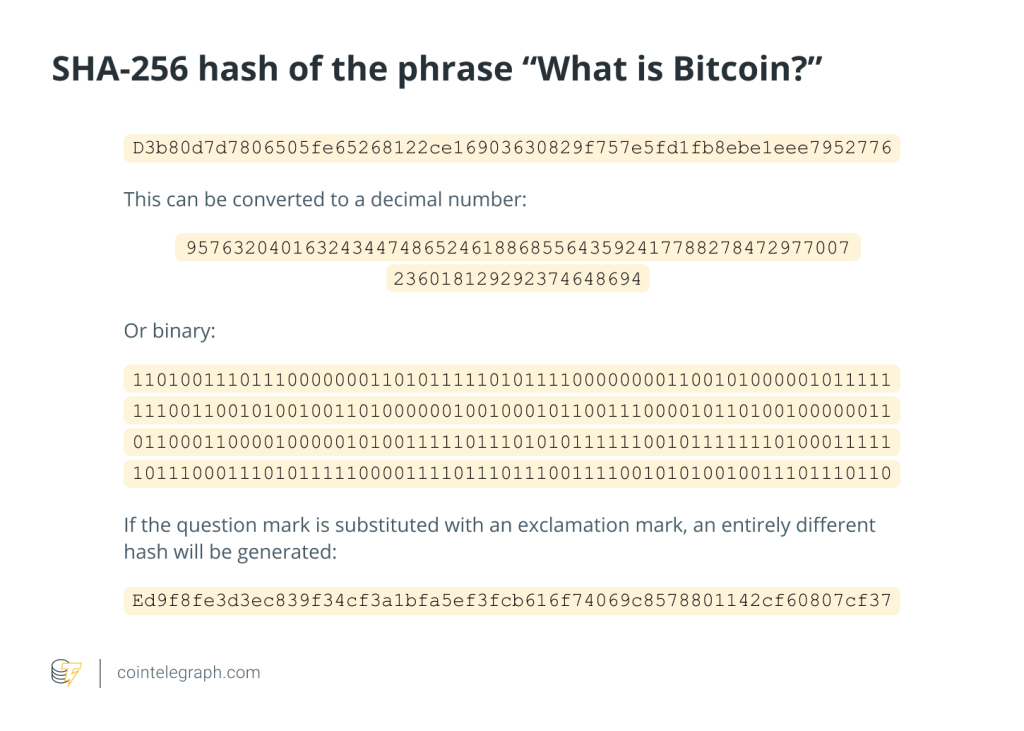
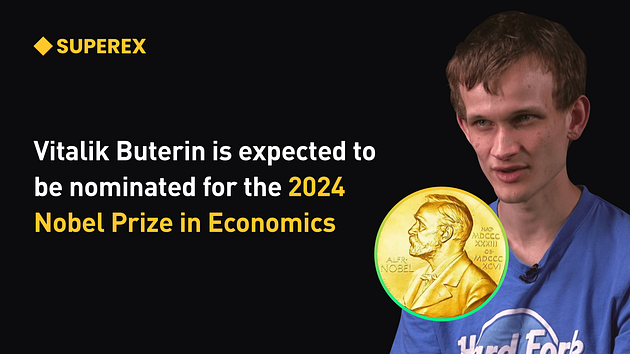
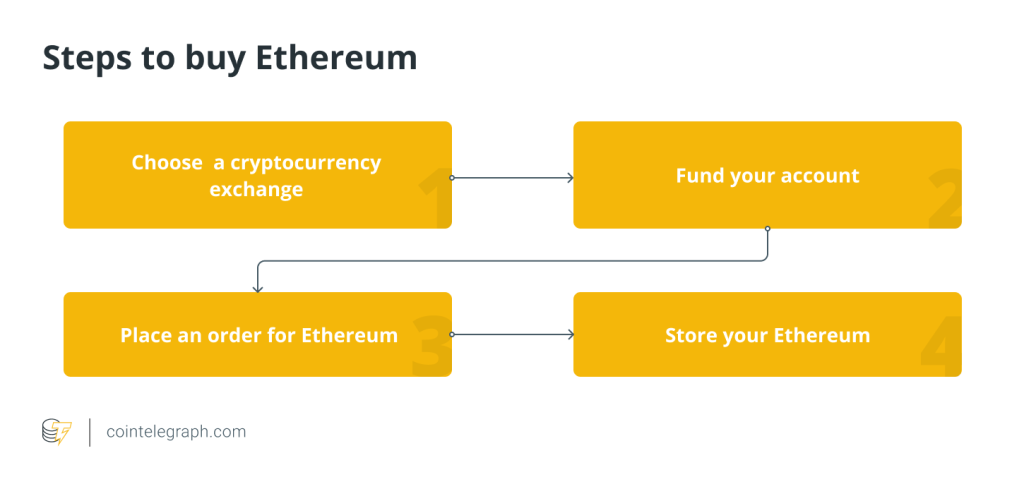

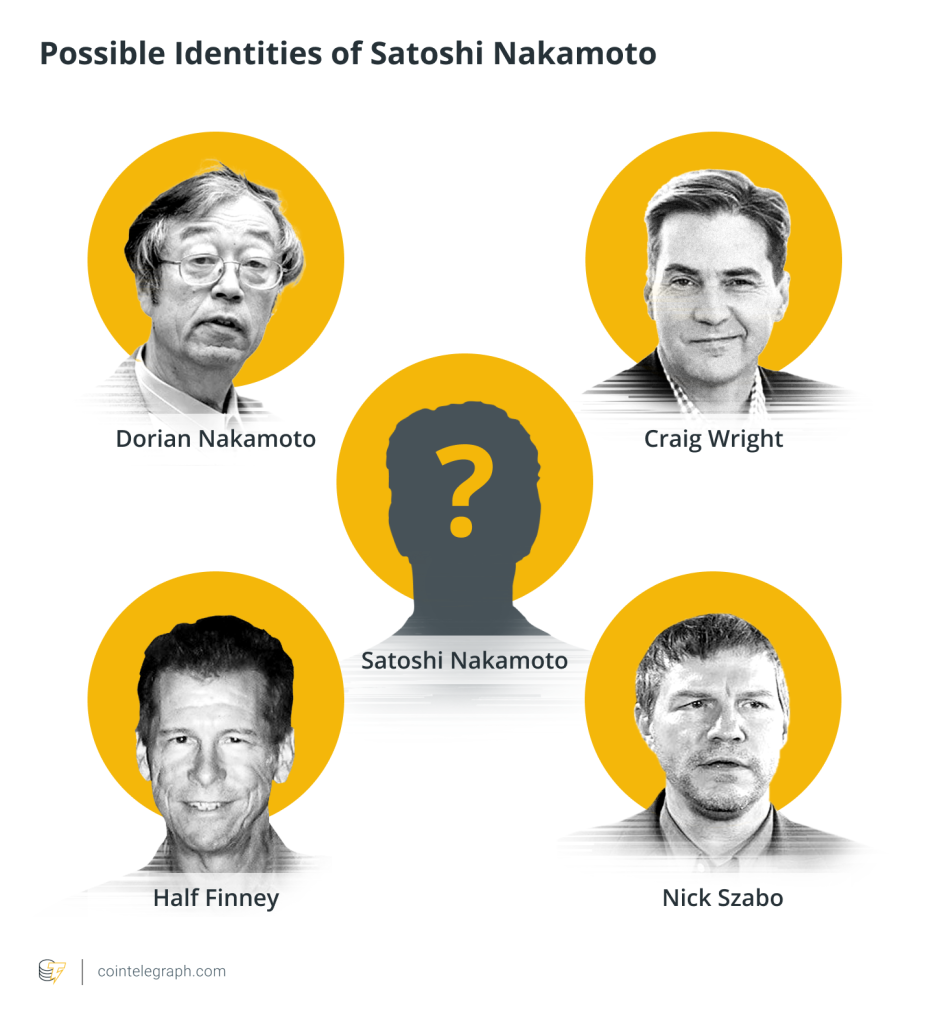
… [Trackback]
[…] Read More Info here to that Topic: x.superex.com/academys/beginner/2964/ […]
… [Trackback]
[…] Information to that Topic: x.superex.com/academys/beginner/2964/ […]
… [Trackback]
[…] Find More here to that Topic: x.superex.com/academys/beginner/2964/ […]
… [Trackback]
[…] Read More Info here on that Topic: x.superex.com/academys/beginner/2964/ […]
… [Trackback]
[…] Information on that Topic: x.superex.com/academys/beginner/2964/ […]
… [Trackback]
[…] There you will find 28072 additional Info to that Topic: x.superex.com/academys/beginner/2964/ […]
… [Trackback]
[…] Find More to that Topic: x.superex.com/academys/beginner/2964/ […]
… [Trackback]
[…] Info to that Topic: x.superex.com/academys/beginner/2964/ […]
… [Trackback]
[…] Information to that Topic: x.superex.com/academys/beginner/2964/ […]
… [Trackback]
[…] Read More Info here on that Topic: x.superex.com/academys/beginner/2964/ […]
… [Trackback]
[…] Here you can find 52562 more Info to that Topic: x.superex.com/academys/beginner/2964/ […]
… [Trackback]
[…] Read More on that Topic: x.superex.com/academys/beginner/2964/ […]
… [Trackback]
[…] Here you can find 55166 more Information on that Topic: x.superex.com/academys/beginner/2964/ […]
… [Trackback]
[…] Read More to that Topic: x.superex.com/academys/beginner/2964/ […]
… [Trackback]
[…] Read More on that Topic: x.superex.com/academys/beginner/2964/ […]
… [Trackback]
[…] Read More on that Topic: x.superex.com/academys/beginner/2964/ […]
… [Trackback]
[…] Find More on that Topic: x.superex.com/academys/beginner/2964/ […]
… [Trackback]
[…] Read More on that Topic: x.superex.com/academys/beginner/2964/ […]
… [Trackback]
[…] Info on that Topic: x.superex.com/academys/beginner/2964/ […]